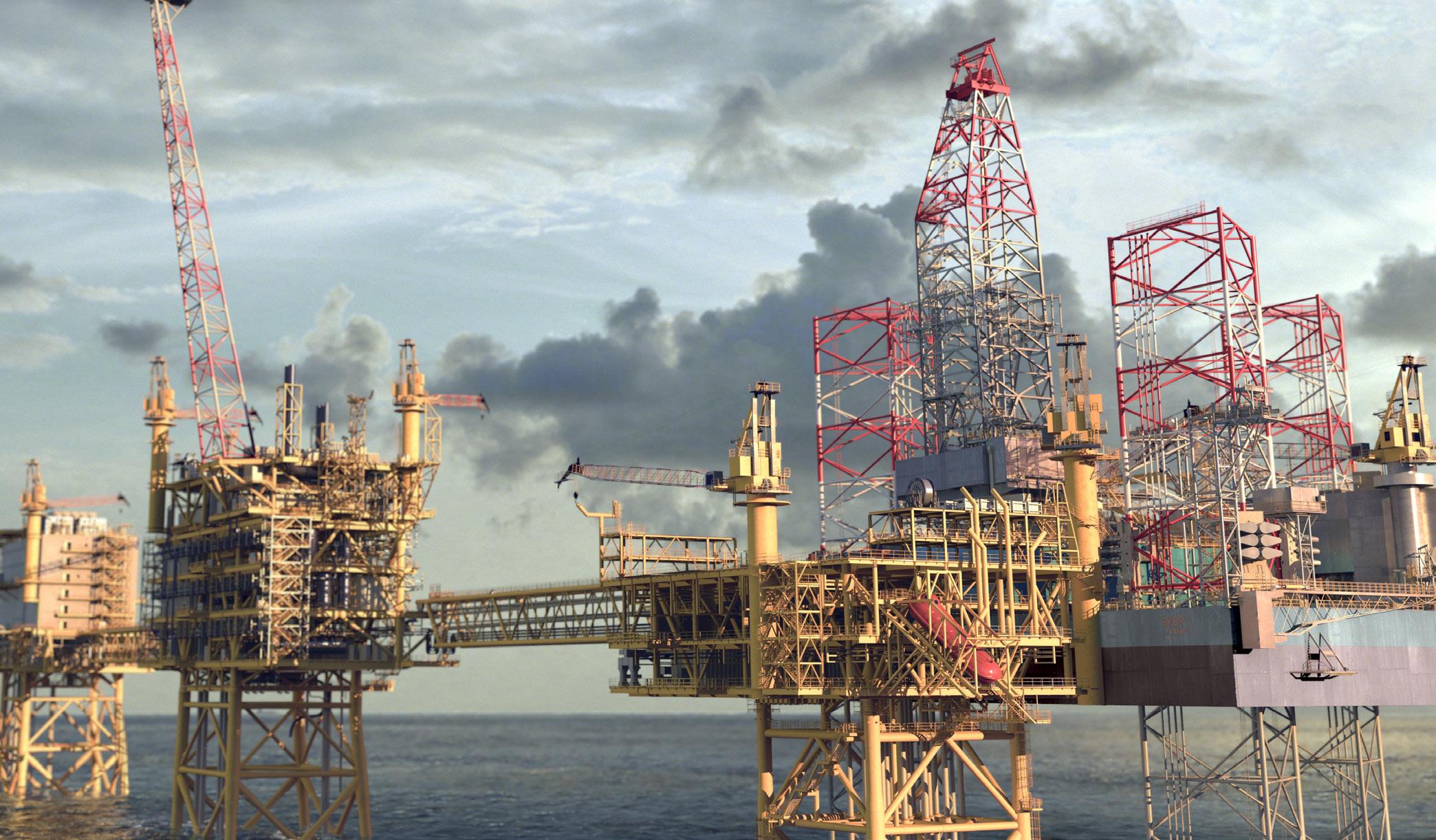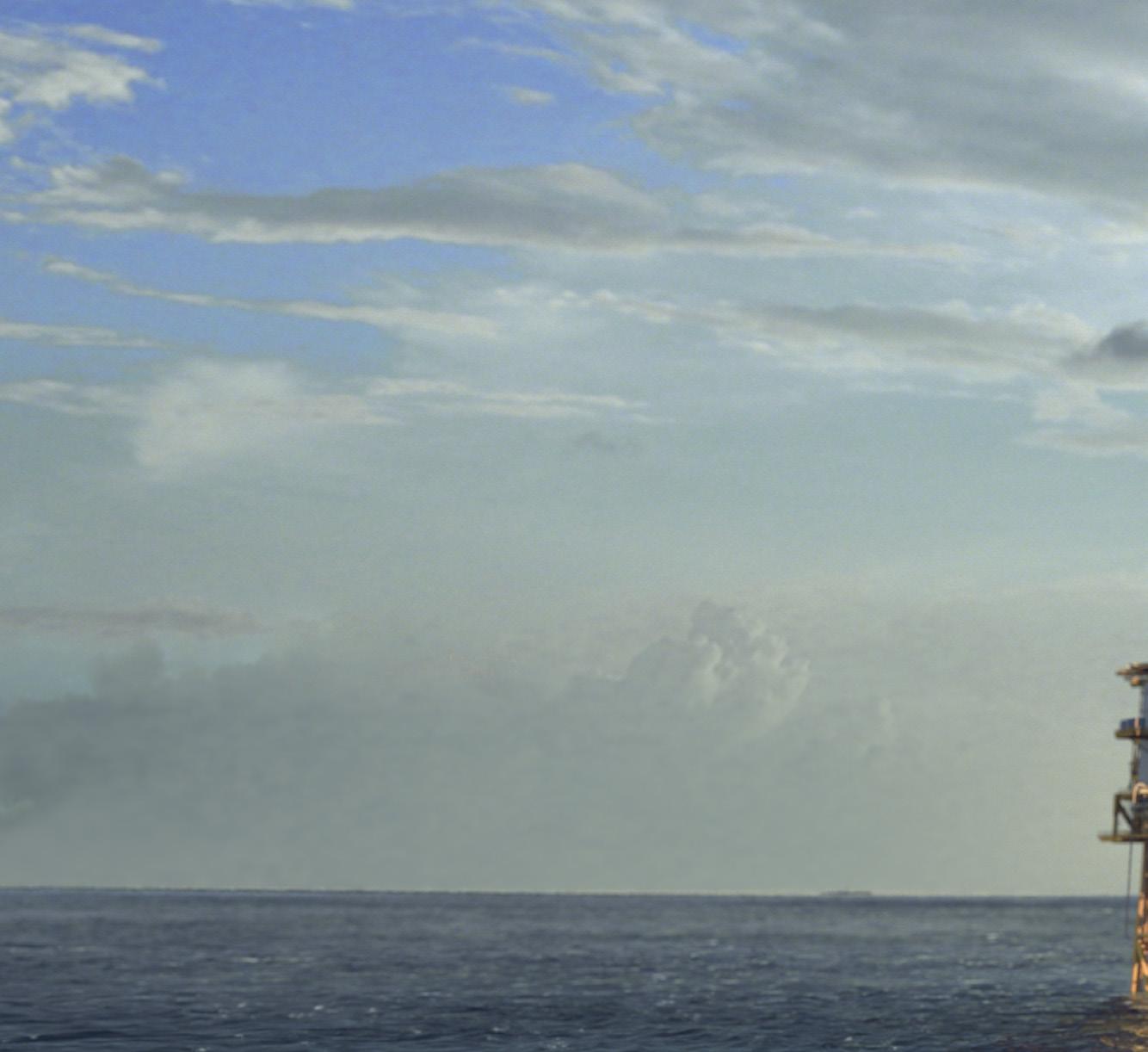
3 minute read
MAERSK
Full Steam Ahead for Maersk’s Culzean Development MAERSK CULZEAN PROJECT
PRODUCTION: Timothy Reeder
Advertisement
// The Culzean field is about 250km east of Aberdeen and is expected to produce 60,000-90,000 barrels of oil equivalent a day at plateau production, approved by the Oil & Gas Authority in August 2015. It provided the industry with a much-needed boost at its discovery in 2008, with reserves estimated at 250-300 million barrels of oil equivalent. Production is slated to begin in 2019 and have a lifespan of at least 13 years, but with Culzean being a high-pressure, high-temperature (HPHT) development, accessing and exporting its gas riches is by no means a straight forward process. Despite the many challenges thrown at Maersk and the innovation required as a direct result, Maersk Oil announced at the close of 2016 that the capital costs of its marquee gas project had been reduced by USD 500m, thanks to higher drilling efficiency and robust upfront design and

project planning. Revised investment costs for the Culzean project now stand at around USD 4bn, as CEO Gretchen Watkins outlined at the Maersk Group Capital Markets Day in Copenhagen. “This updated forecast reflects Maersk Oil’s commitment to world class project execution and our aim to continually improve our major capital projects, together with our partners and suppliers. Achieving cost reduction of 11% during project maturation, we are showing our ability to deliver greater value for investors and stakeholders through effective project delivery and controls,” Watkins stated.
2016 brought a number of milestones for the Culzean development, which is expected to meet 5% of total UK gas demand. Maersk Drilling acquired the newbuild rig in late May, which came with a five-year drilling contract on Culzean valued at about USD 420 million. Drilling of the first production well started in September, meanwhile, and will be followed by five more, with continuous drilling activity planned over the next five years.
More recently, in July 2017, Maersk Oil completed the installation of all three of the project’s jackets, on time and on budget. “Culzean was sanctioned less than two years ago and already we’ve progressed the project over the halfway mark. We’re continuing to hit our milestones on time and this progress means we’re on track to deliver first gas in 2019. Nonetheless with a project of this size we can’t be complacent so we’re committed to ensuring remaining workscopes are executed safely and successfully,” said Watkins.
The installation of Central Processing Facilities (CPF) and the Utilities and Living Quarters (ULQ) jackets was completed on 20 July, preceded by the Wellhead Platform (WHP) jacket last year, all built by Heerema and installed using the Heerema Marine operated crane vessel - the Thialf. “Completing the installation safely and on time is a great achievement when you consider the sheer scale of the structures involved; the combined weight of the jackets is over 22,000 tonnes, the equivalent of around 30 jumbo jets per jacket,” explained Martin Urquhart, Culzean Project Director.
“With the foundation of the Culzean installation firmly in place and waiting, focus is now fixed on finalising the construction of the three topsides and the Floating, Storage and Offload (FSO) vessel Ailsa. We have just celebrated the completion of the deck stacking of the topsides and the sail away of these structures is on schedule for next year. Their installation will take us to the beginning of the hook up and commissioning campaign, the final step before first gas is delivered in 2019,” Urquhart concluded.
MAERSK
+45 33 63 33 63 www.maersk.com










